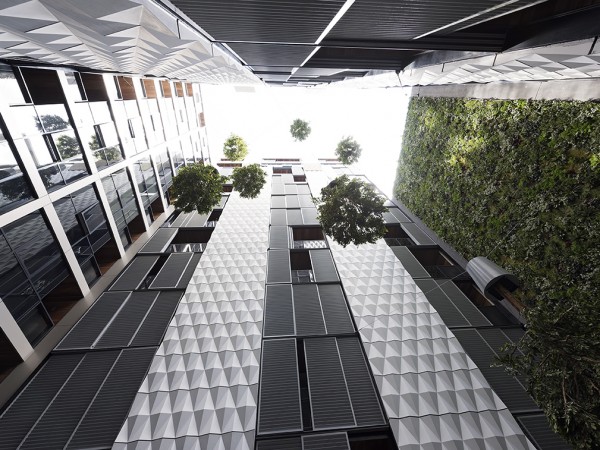Apartment Living vs Health and Wellbeing

As our population increases, more and more concerns are being raised regarding the mental health and wellbeing of individuals living in high density developments. Late last year Sydney?s high rise construction boom was placed in the spotlight as environmental consultant Dr Tony Recsei raised his concerns of residents being at increased risks of developing serious mental health issues.
Off the back of Swedish studies involving 4 million people, his concerns hold much validity. So should we act brashly and move to stop high rise developments? Or is it time to consider how we can do things differently to create healthy environments for future generations?
The fact is in Australia we already have many wonderful developments which balance open gardens and recreational spaces with high rise living. But when you can see what the guy in the apartment opposite you is eating for breakfast, in fact you can just about read the ingredients on the cereal box, then we have a real problem.
Overseas, the Singapore Government has faced the challenge of housing a rapidly increasing population for many years and their lifestyle solutions are ones we should sit up and take note of.
The key element to Singapore?s public housing developments, which cater to over 80% of the city?s population, is landscaping. As far as possible homes are positioned facing out to greenery, providing visual and spatial relief to residents.
Achieving this is no small feat and involves much ingenuity. Car park roofs are often converted to lush gardens with recreational spaces and quiet seating spots; providing a green ?oasis? while reducing heat and glare to surrounding buildings. Where high rise buildings are located closer to one another, vertical greenery is introduced as a visual remedy to open spaces, easing the feel of high density living.
Perhaps it?s time for our major cities to take a ?leaf? out of Singapore?s book and soften the edges of our growing concrete jungles.



